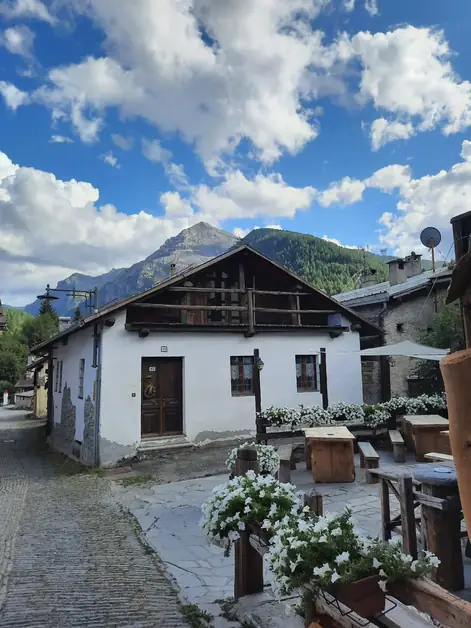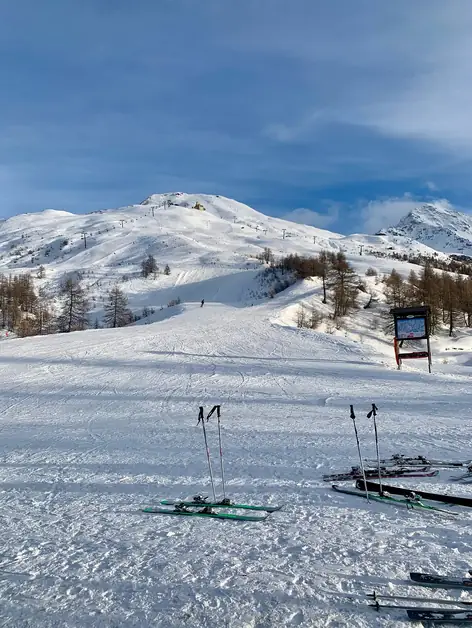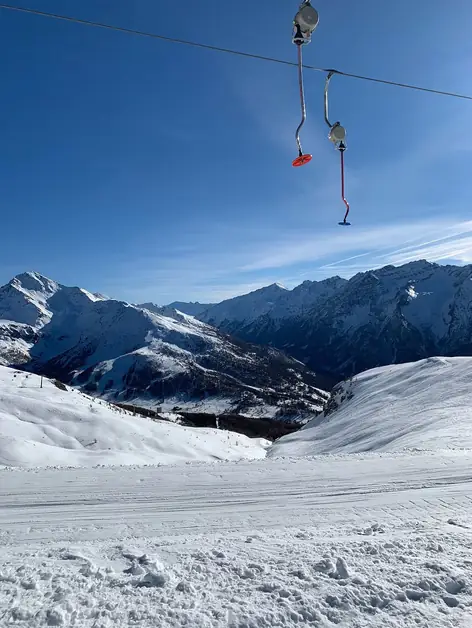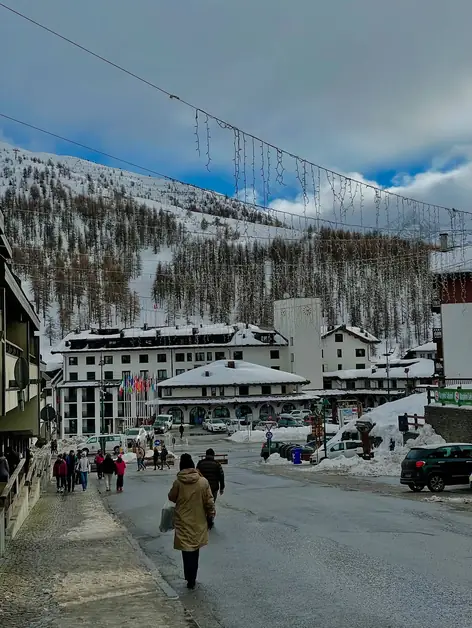Plan di Pragelato between history and alpine traditions
Plan di Pragelato is an alpine village rich in history, nature, and traditions, ideal for hiking and relaxation.

Where is the village of Plan di Pragelato located?
Plan di Pragelato is a small and picturesque fraction located in the municipality of Pragelato, in Alta Val Chisone, in the province of Turin. Surrounded by the mountains of the Alpi Cozie, it is an ideal destination for those who wish to discover the authentic atmosphere of the Piedmontese alpine villages.
At what altitude is Plan di Pragelato located?
The village is located at about 1,600 meters above sea level, surrounded by woods, pastures, and snow-capped peaks for much of the year. The panoramic position offers spectacular views of the valley and a natural environment perfect for hiking and relaxing stays.
What are the historical origins of Plan di Pragelato?
Plan di Pragelato, like other villages in the Val Chisone, has ancient roots linked to the French alpine world. For several centuries, in fact, the area belonged to the territory of the Dauphiné, a historical region that is now part of France. This influence is still reflected today in the language, architecture, and local traditions.
What are the “Escarton” and what role did Pragelato play?
The Escarton were administrative districts of the Dauphiné, endowed with a certain autonomy and tax privileges. Pragelato was the capital of one of the five Escarton of the Upper Dauphiné, along with Briançon and Queyras on the French side, and Oulx and Casteldelfino on the Piedmontese side. These territories enjoyed advanced self-management for the time, with local assemblies and their own laws.
When did Pragelato pass to the Savoy kingdom?
With the Treaty of Utrecht in 1713, the Escarton of Pragelato, Oulx, and Casteldelfino were ceded to the Duchy of Savoy, later the Kingdom of Sardinia. From that moment on, the area entered permanently into the Piedmontese orbit, while still preserving customs, dialects, and traditions that still reflect French influence.
What is the typical architecture of Plan di Pragelato like?
The houses of Plan di Pragelato preserve the original appearance of traditional alpine architecture: stone walls, roofs made of stone slabs or wooden shingles, larch balconies, and elevated barns. The houses are arranged along paved paths, often with small squares where community life once took place.
What French influences can be seen in the style of the houses?
The influence of the nearby Dauphiné is recognized in the shape of the sloping roofs, the arched windows, and the communal stone ovens. The local lexicon and the dialect of the valley also retain terms of Franco-Provençal origin, a sign of a past of cultural and commercial exchanges.
Can ancient intact houses still be seen?
Yes, many buildings have been restored while maintaining their original structures. Walking through the village's alleys, one can admire centuries-old huts, carved portals, and ancient barns that tell the simple yet industrious life of mountain dwellers of the past.
What can you do in Plan di Pragelato in summer?
During the beautiful season, Plan di Pragelato is the starting point for numerous excursions in the Val Troncea, a natural park that hosts an extraordinary variety of alpine flora and fauna. The trails lead to panoramic shelters, pastures, and mountain huts where you can taste the alpine cheeses.
Are there easy paths suitable for families?
Yes, there are several routes suitable for everyone, such as the walk along the Chisone stream or the paths connecting the villages of Pragelato. Ideal for a day immersed in nature among larch woods and views of the mountains of the Val Troncea Park.
And in winter, what can you do in Plan di Pragelato?
In winter, the village becomes a perfect base for those who love cross-country skiing and snowshoeing. Pragelato hosts some of the most beautiful cross-country ski loops in Piedmont and easily connects with the ski area of the Via Lattea, which includes Sestriere, Sauze d'Oulx, and Sansicario.
Are there typical refuges or restaurants to stop at?
Yes, in the surroundings there are refuges and trattorias that offer dishes from mountain cuisine: polenta concia, barley soups, local cold cuts, and chestnut desserts. The cheeses produced in the summer pastures are among the specialties most appreciated by visitors.
What cultural traditions does the Pragelato community preserve?
The population of Pragelato has kept many traditions of the past alive: patronal festivals, religious celebrations, and ancient folk dances. The local dialect is of Occitan origin and retains words and sounds of Franco-Provençal of Dauphiné origin.
Are there museums or ecomuseums in the area?
Yes, the Museum of Costume and Traditions of the Alpine Peoples in Pragelato collects clothes, utensils, and objects from everyday mountain life. It is a perfect place to understand the history and identity of the alpine communities of the Val Chisone.
How are local anniversaries celebrated?
Throughout the year, festivals dedicated to the patron saints of the various villages are held, with music, songs, traditional costumes, and tastings of typical products. In summer, the calendar is enriched with cultural events, guided excursions, and artisan markets.
What are the typical products of Plan di Pragelato and the Val Chisone?
Among the most renowned products are alpine cheeses, mountain honey, berry jams, and aromatic herbs collected in the pastures. Also try traditional dishes such as soupe grasse, a thick soup of bread, cheese, and broth, and goffre, sweet wafers cooked on cast iron molds.
Are there picnic or relaxation areas in nature?
Yes, along the valley and near the stream there are equipped areas for picnics, ideal for spending a day outdoors among woods and streams. Many visitors choose to stay in agritourisms and wooden chalets to experience the authentic hospitality of the Alps.
Why visit Plan di Pragelato?
Because it is a place where time seems to have stopped, where nature blends with history, and where every stone tells the past of a living mountain. Plan di Pragelato is an authentic corner of the Piedmontese Alps, perfect for those who love tranquility, culture, and alpine traditions.




